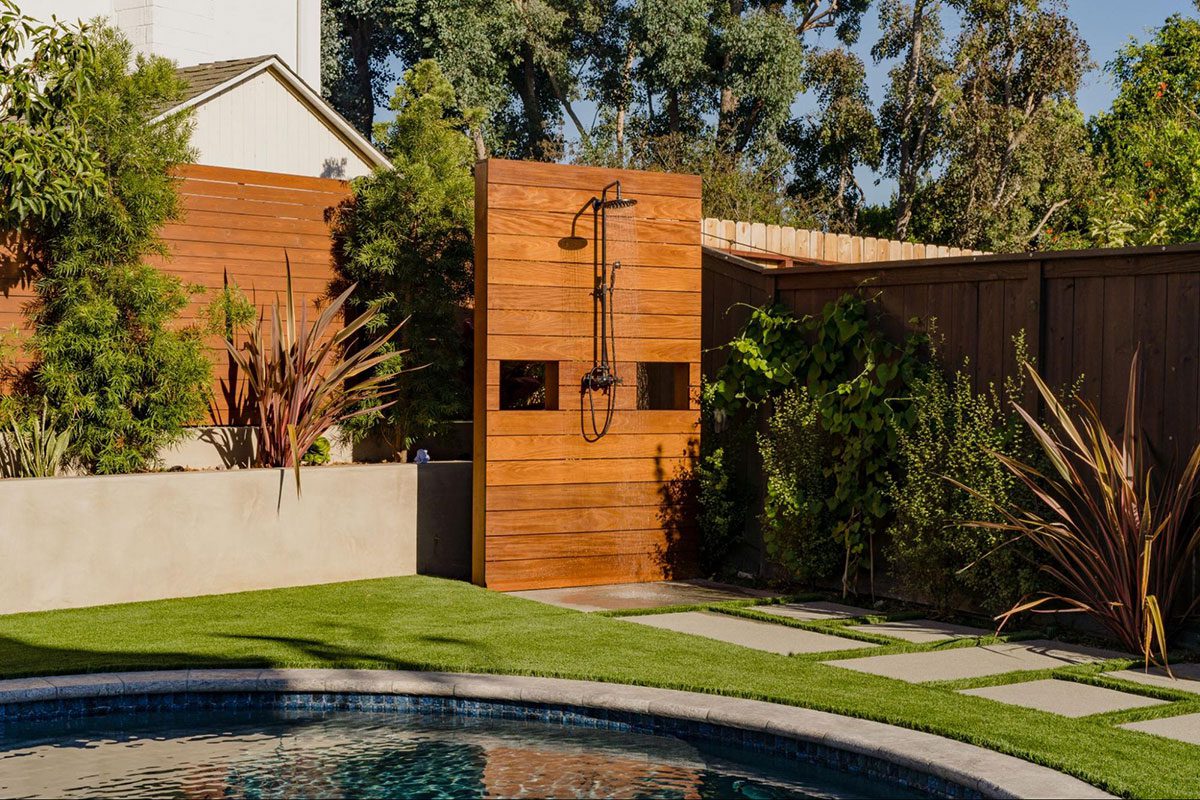Water bill savings with artificial grass are significant and can help you reduce your monthly expenses while also conserving water. Unlike natural grass, which requires frequent watering to stay green, artificial grass doesn’t need any water to thrive. This means that you can save a considerable amount of water each month, which can translate into a lower water bill. In addition to the financial benefits, using artificial grass can also have a positive impact on the environment by reducing water usage and conserving natural resources. By making the switch to artificial grass, you’re not only saving money but also contributing to a more sustainable future.
Overall, it’s clear that water bill savings with artificial grass are substantial, and the benefits go far beyond just reducing your monthly expenses. How much water you can save with artificial grass will depend on the size of your lawn and your local climate, but in areas with water restrictions, using artificial grass can help you avoid fines and ensure that your lawn stays healthy and beautiful year-round.
Water requirements of natural grass
Natural grass requires a lot of water to stay healthy and look great. The amount of water needed can vary depending on the climate, weather conditions, and soil type. For instance, in areas with hot and dry climates, natural grass can require up to an inch of water per week. Watering your lawn too much can lead to issues such as fungal diseases, mold growth, and water runoff.
Water usage for artificial grass
Artificial grass is designed to be low-maintenance and water-saving. It doesn’t require watering as natural grass does, which can result in substantial water savings. According to studies, an average 1,000 square foot lawn can use up to 50,000 gallons of water per year. With artificial grass, this water usage can be eliminated entirely.
The amount of water that can be saved by using artificial grass instead of natural grass varies depending on various factors such as the size of the area and the local water rates. Generally, however, using artificial grass can save between 55-75% of water usage compared to natural grass. These water savings can add up to significant cost savings on your water bill.
Where you can install artificial turf:
- Playgrounds
- Lawns and landscaping
- Indoor and outdoor sports
- Gym flooring
- Around pool decks
- For dogs and other pets
- Putting greens
Environmental benefits of water-saving artificial grass

By installing water-saving artificial grass, you can help the environment in numerous ways. For starters, you’ll be using less water, which can help preserve natural resources like groundwater supplies, rivers, and lakes. This is particularly important in areas where water is scarce or in drought conditions.
Using artificial grass can also reduce the need for harmful chemicals and pesticides that can pollute water sources. For example, with natural grass, these chemicals are often used to prevent weed growth and insect infestations. With artificial grass, you can eliminate the need for these chemicals, which can help protect the environment and promote a healthier ecosystem.
Cost savings of water-saving artificial grass
The cost savings of water-saving artificial grass are significant. In addition to reducing your water bill, artificial grass requires less maintenance than natural grass. This can save you money on lawn care services, such as mowing, fertilizing, and pest control. Additionally, artificial grass doesn’t require watering, which can be costly, especially during droughts or in areas with high water rates.
While the initial investment in artificial grass may be higher than natural grass, the long-term cost savings can make it a smart financial choice. For example, the cost of installing artificial grass for a typical lawn can range from $5 to $20 per square foot. However, the cost of maintaining natural grass over a 10-year period can add up to more than $50,000. With artificial grass, you can potentially save thousands of dollars over the same time period.
Water bill savings with artificial grass is a practical choice that offers financial and environmental benefits. Artificial grass is low-maintenance, doesn’t require watering, and can save you a significant amount of money on your water bill. Additionally, it helps to preserve natural resources, reduce the need for harmful chemicals, and promote a healthier ecosystem. At Artificial Turf Supply, we offer a variety of synthetic grass options to help you achieve your water savings goals. Contact us today to learn more about how you can save water and money with artificial grass.
Related resources:
- Where you can use artificial grass
- Cost of artificial grass
- How to choose the best artificial grass
- How to clean artificial grass
- Water bill savings with artificial grass
- How long does artificial turf last?
- Artificial turf supplies
- Artificial grass vs real grass
- Pros and cons of artificial grass
- Artificial grass installation guide
- Does artificial grass fade?
- Does artificial grass need water?
- How to install artificial turf



